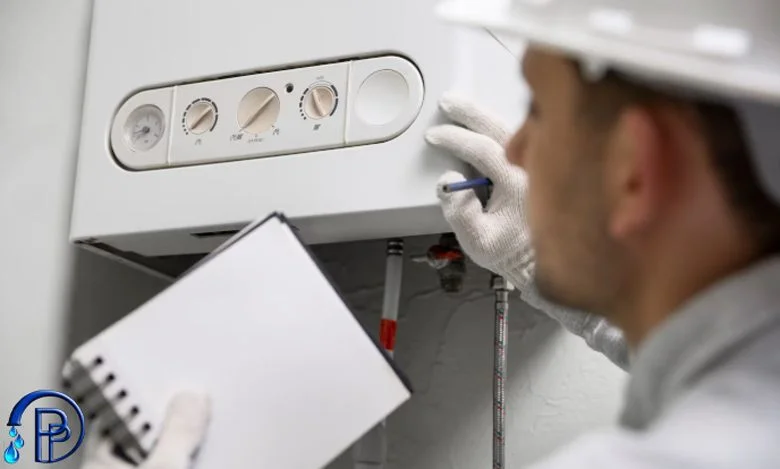Introduction
Heating boilers are crucial for maintaining comfortable temperatures in homes and buildings. Regular maintenance and timely repairs ensure efficient operation and longevity. This guide covers the essential steps for replacing and repairing heating boilers, ensuring safe and efficient functioning.
Understanding Your Boiler
Boilers come in various types, such as:
- Combination Boilers: Provide hot water and heating without needing a separate tank.
- System Boilers: Require a hot water storage cylinder but not a water tank.
- Conventional Boilers: Need both a cylinder and a tank, suitable for homes with older radiator systems.
Common Issues and Diagnosis
- No Heat or Hot Water:
- Possible causes: broken diaphragms, airlocks, valve issues.
- Diagnosis: Check the pressure gauge and reset the boiler.
- Leaking and Dripping:
- Causes: Corroded pipes, faulty pressure valve.
- Diagnosis: Inspect for visible leaks and check the pressure.
- Strange Noises:
- Causes: Air in the system, low water pressure.
- Diagnosis: Bleed the radiators and check the pressure.
- Pilot Light Issues:
- Causes: Broken thermocouple, draughts blowing out the light.
- Diagnosis: Ensure the gas supply is on and inspect the thermocouple.
Steps to Repair a Boiler
- Turn Off the Power: Ensure the boiler is powered down and cooled before starting any repair.
- Drain the Boiler: Remove water to avoid spills during repairs.
- Replace Faulty Parts: Identify and replace broken components such as valves, thermostats, or pumps.
- Refill and Test: Refill the system, check for leaks, and test the boiler to ensure it’s working correctly.
When to Replace a Boiler
- Age: Boilers over 15 years old are less efficient and prone to failures.
- Frequent Repairs: Continuous issues and high repair costs indicate the need for replacement.
- Efficiency: Modern boilers are more energy-efficient, reducing energy bills and carbon footprint.
Replacing a Boiler
- Assessment: Hire a professional to assess your heating needs and recommend a suitable boiler.
- Installation: Ensure a certified technician installs the new boiler, adhering to safety regulations.
- Commissioning: The installer should test the new boiler, ensuring it operates correctly and efficiently.
Maintenance Tips
- Regular Servicing: Annual professional checks to ensure all components are working properly.
- Bleeding Radiators: Release trapped air to maintain efficiency.
- Monitoring Pressure: Keep the pressure at recommended levels to avoid strain on the system.
- Checking Insulation: Ensure pipes are insulated to prevent heat loss.
Conclusion
Proper maintenance and timely repairs of heating boilers are essential for efficient operation and longevity. By following this guide, homeowners can diagnose common issues, perform basic repairs, and know when to replace their boilers. Regular servicing by professionals ensures safety and optimal performance, keeping homes warm and comfortable.
Additional Resources
- Professional Services: Always consult a certified technician for complex repairs and replacements.
- Manufacturer’s Guide: Refer to the boiler’s manual for specific maintenance instructions.
Maintaining and repairing your heating boiler doesn’t have to be daunting. With the right knowledge and professional support, you can ensure your boiler operates efficiently for years to come.

